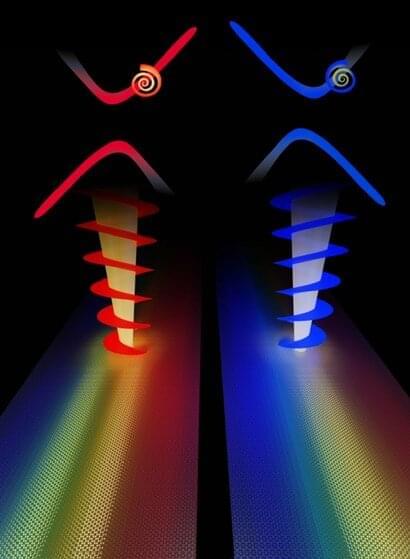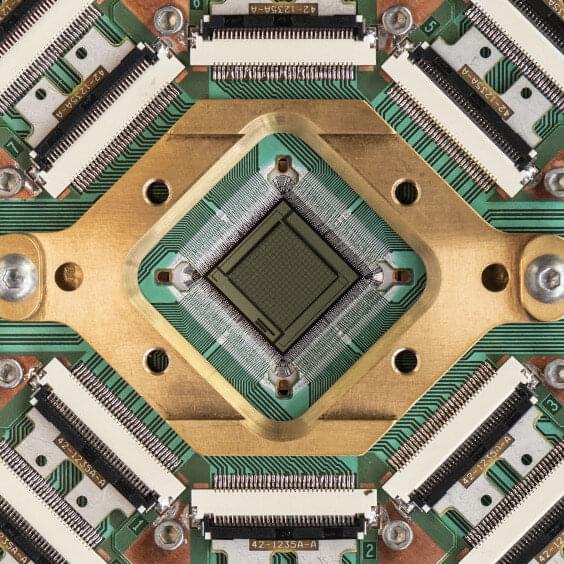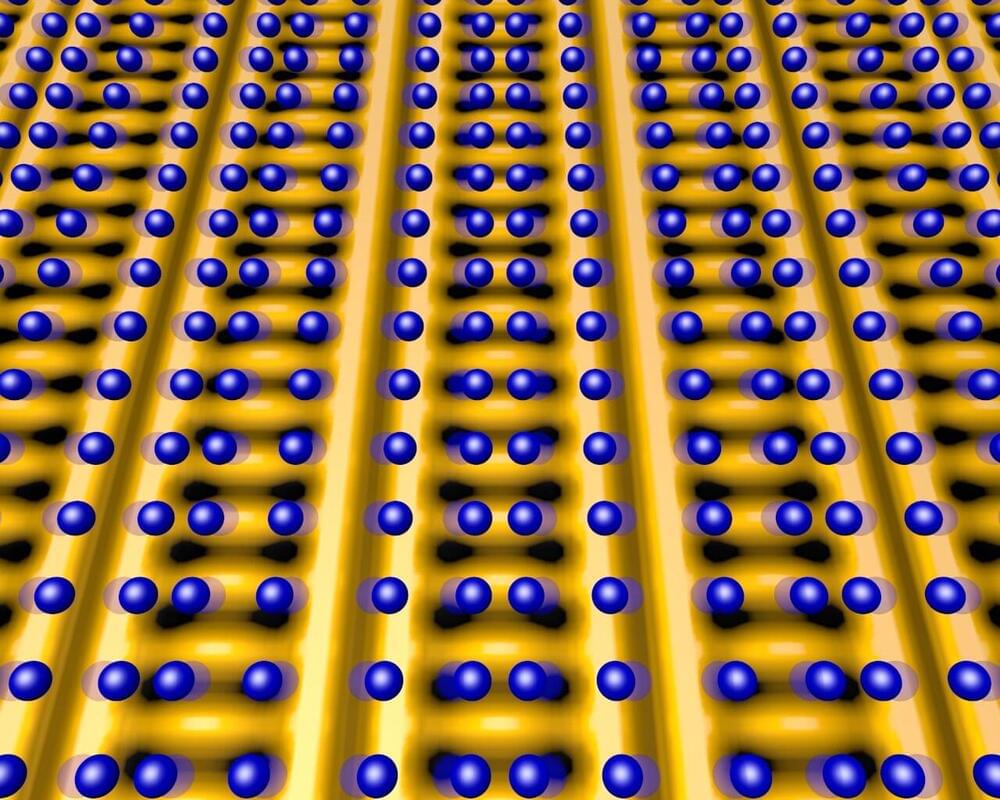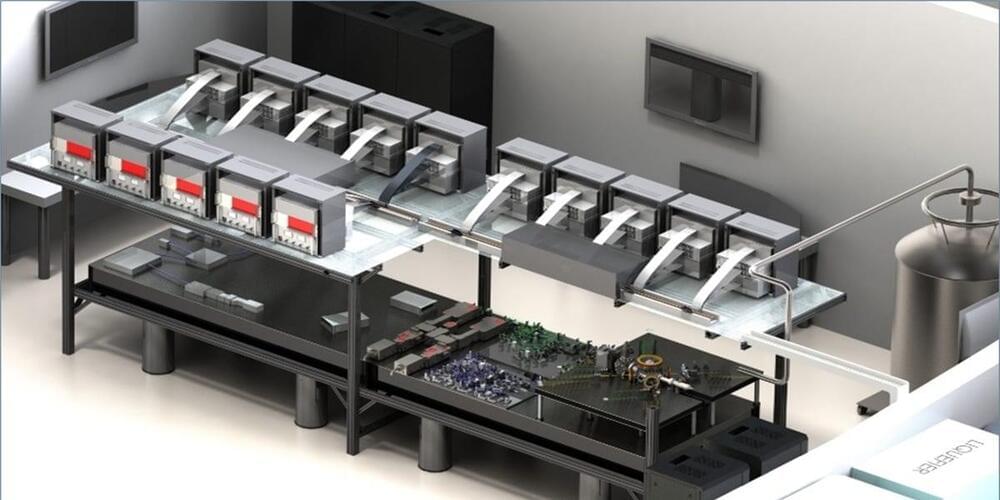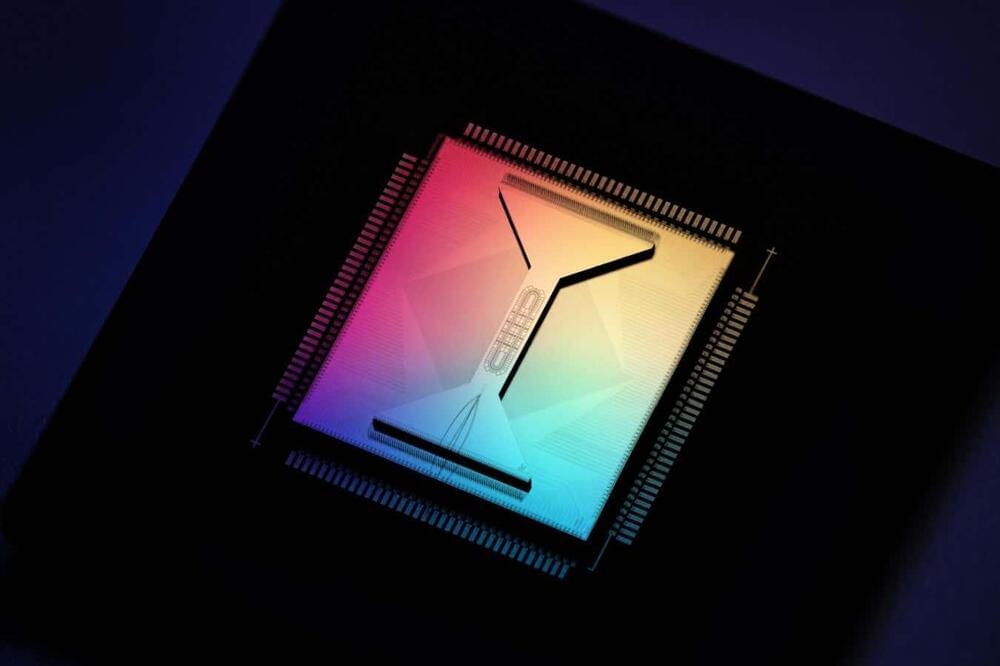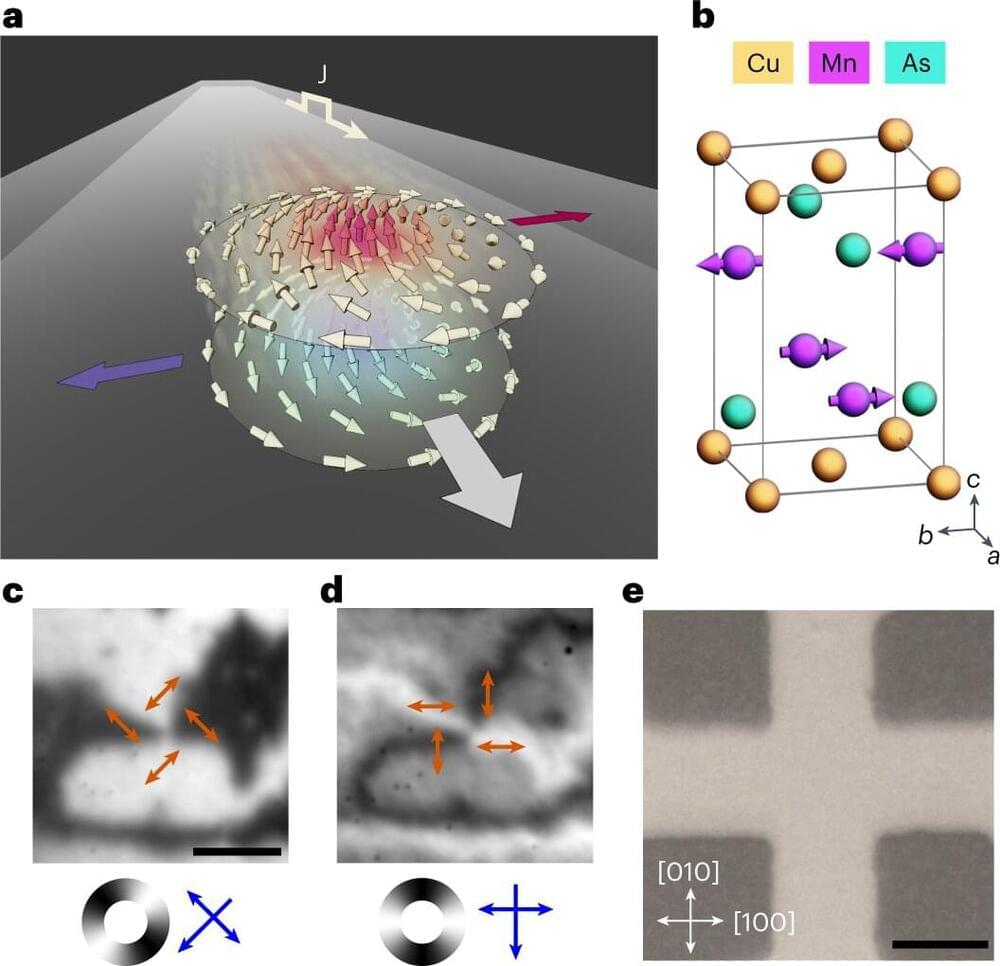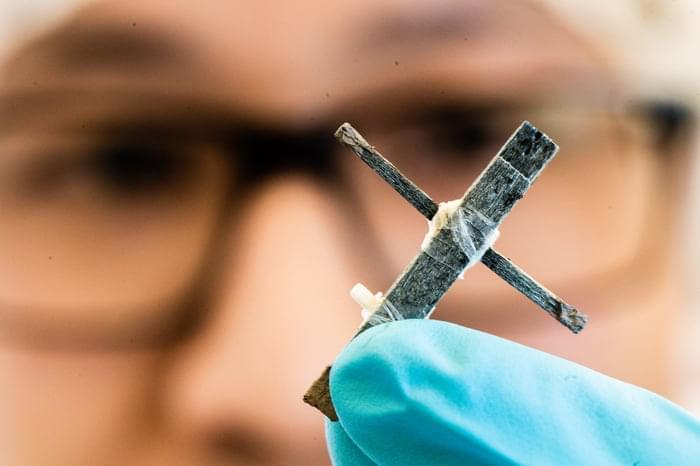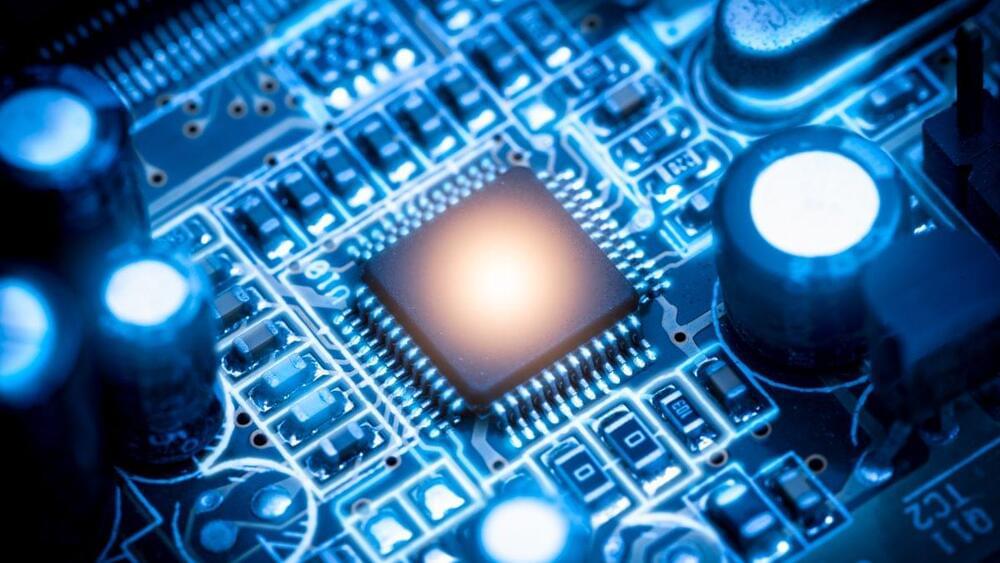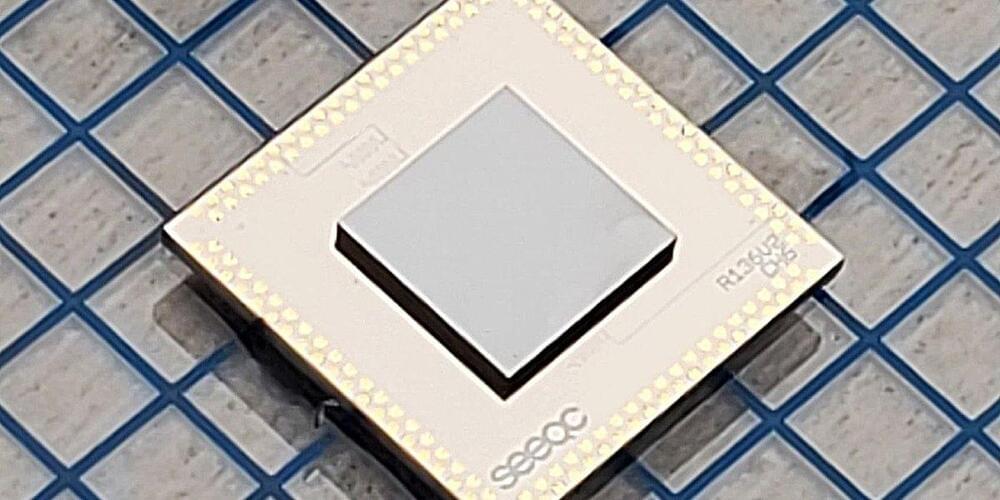May 19, 2023
Researchers use structured light on a chip in another photonics breakthrough
Posted by Paul Battista in categories: computing, particle physics
In everyday life we experience light in one of its simplest forms—optical rays or beams. However, light can exist in much more exotic forms. Thus, even beams can be shaped to take the form of spirals; so-called vortex beams, endowed with unusual properties. Such beams can make dust particles to spin, just like they indeed move along some intangible spirals.
Light modes with such added structure are called “structured,” and even more exotic forms of structured light can be attained in artificial optical materials—metamaterials, where multiple light waves come together and combine to create the most complex forms of light.
In their two recent works, published back-to-back in Science Advances, and Nature Nanotechnology, City College of New York researchers from Alexander Khanikaev’s group have created structured light on a silicon chip, and used this added structure to attain new functionalities and control not available before.
